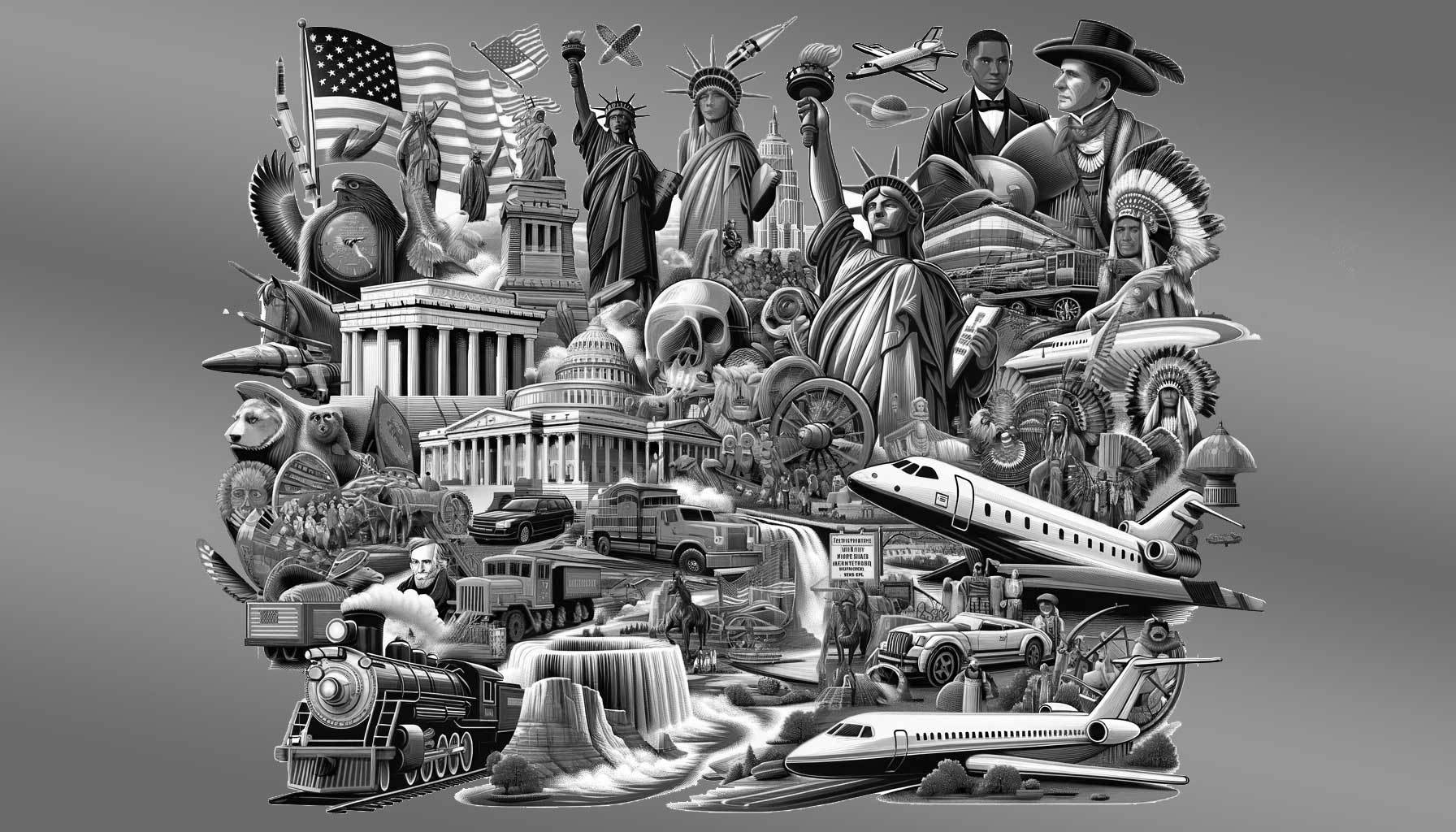Flashback to January 5
American History

1932
The New York City Subway’s third competing subway system, the municipally-owned “IND”, is opened
Read moreOn September 10th, 1932, New York City witnessed one of the most profound transformations in its public transportation sector – the inauguration of the city-owned Independent Subway System (IND), the third subway system vying to shape the future of commuting in the metropolis. The IND broke the monopoly of the two privately owned entities, the Interborough Rapid Transit Company (IRT) and the Brooklyn-Manhattan Transit Corporation (BMT), revolutionizing the transit architecture of the city.
Based on the premise of public ownership, the IND emerged as an integral part of New York City Mayor John F. Hylan’s plan for municipal control of the subway system. The IND’s inception fundamentally marked a shift in the city’s public transportation policy, the resonance of which still reverberates in the city’s subway arrangements today.
Unlike the premium fares charged by the IRT and BMT, the IND maintained a 5-cent fare, an economically favorable move for the general public. The affordable rates significantly increased ridership, placing the municipally-owned IND in direct competition with the previously established players – IRT and BMT. Despite being a late entrant into the market, IND’s strong commitment to providing quality and affordable commuting services increasingly tilted public preference in its favor.
The opening of the Independent Subway System (IND) in New York City was a significant development that served as an infusion of fresh energy into the city’s public transport landscape. The IND brought with it several cutting-edge features and innovations that were ahead of its time. Perhaps the most notable of these was the introduction of “revenue collection cars” or “money trains” to transport income generated through fares directly to the Transit Authority. This enormously streamlined the revenue management system and pre-empted potential theft—making the ‘money trains’ an intriguing asset in the history of New York City’s subway system.
One monumental innovation of the IND was its flagship Eighth Avenue Line – the city’s first subway route constructed without surface disruptions. This engineering marvel utilized a method now known as the cut-and-cover subway construction, wherein a large trench is excavated and roofed over with a support system strong enough to carry the load of what is to be built above the tunnel.
The inception of the IND introduced a level of control and standardization hitherto unseen in New York’s transportation system. Its introduction significantly smoothed the integration and consolidation of the three systems under a single managing body, leading to the formation of the New York City Transit Authority in 1953. The IND’s advent led to the harmonization of disparate systems, laying the groundwork for the extensive and comprehensive Metro system we see today.
Overall, the launch of the Independent Subway System (IND) in New York City was more than just the establishment of a new transit route. It was a landmark event that combined technological innovation, economic competition, and political maneuvering. From its policies on fare pricing to its advancements in construction techniques, every aspect of the IND unveiling signifies profound changes to the city’s transit system.
In the decades since its launch, the IND system has blended seamlessly into the landscape of New York City’s public transportation system, leaving an indelible imprint on the city’s commuter culture. Its legacy endures today as an integral element of the unified Metropolitan Transportation Authority. The tale of the New York City Subway System is incomplete without its third competing subway system, the municipally-owned IND, a testimony to the relentless spirit of progress and innovation that drives the city.
We strive for accuracy. If you see something that doesn't look right, click here to contact us!
Sponsored Content

James Cox of Ford…
James Cox of Ford…

San Francisco-Hawaii telegraph cable…
The San Francisco-Hawaii telegraph…

The US resumes diplomatic…
On January 5, 1946,…

US President Dwight Eisenhower…
On January 5, 1957,…

